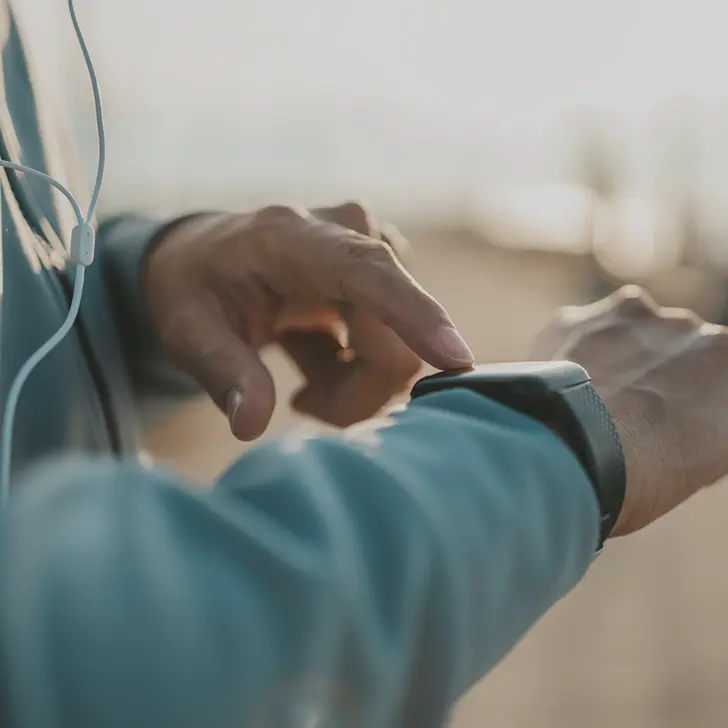
With a clear recruiting strategy, innovative tools and sound insider know-how, we find the digital experts and talents that really fit you and accompany your path to success. We are your top recruiting partner when you are looking for the best for your company!

We find exceptional leadership personalities and high potentials at C-level for you, who will lead your company confidently into the digital future. We combine innovative search methods and scientifically based personality diagnostics with a personal consulting approach that goes far beyond the classic process.

With Interim Recruiting & HR, we provide you with customised support for your recruiting and HR processes. You choose the desired support flexibly and according to your needs from our modular service catalogue – we calculate the required person days and set up a project timing. Your advantage: Transparent billing on a plannable daily rate basis and close cooperation that relieves your core team.

You have temporary capacity bottlenecks and are looking for quick support for your project and day-to-day business? With our extensive pool of freelancers and consultants, we can quickly and directly provide you with professional, independently acting interim managers who, with their expertise and professional experience, ensure that your project runs smoothly.

Systematic success: All our search and recruiting activities follow a proven and innovative process. In all phases of the process chain, we not only rely on our specialist expertise, but also use cross-channel screening technologies, intelligent diagnostic tools and AI-based personality tests for the precise evaluation of cognitive and social skills.

